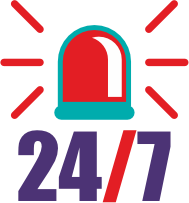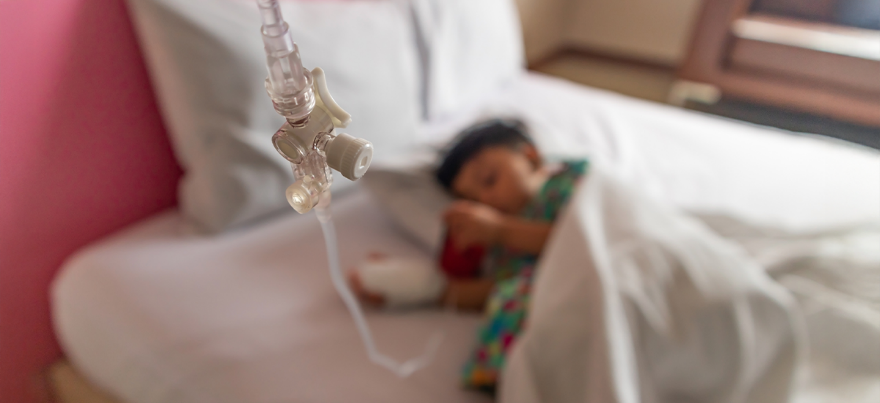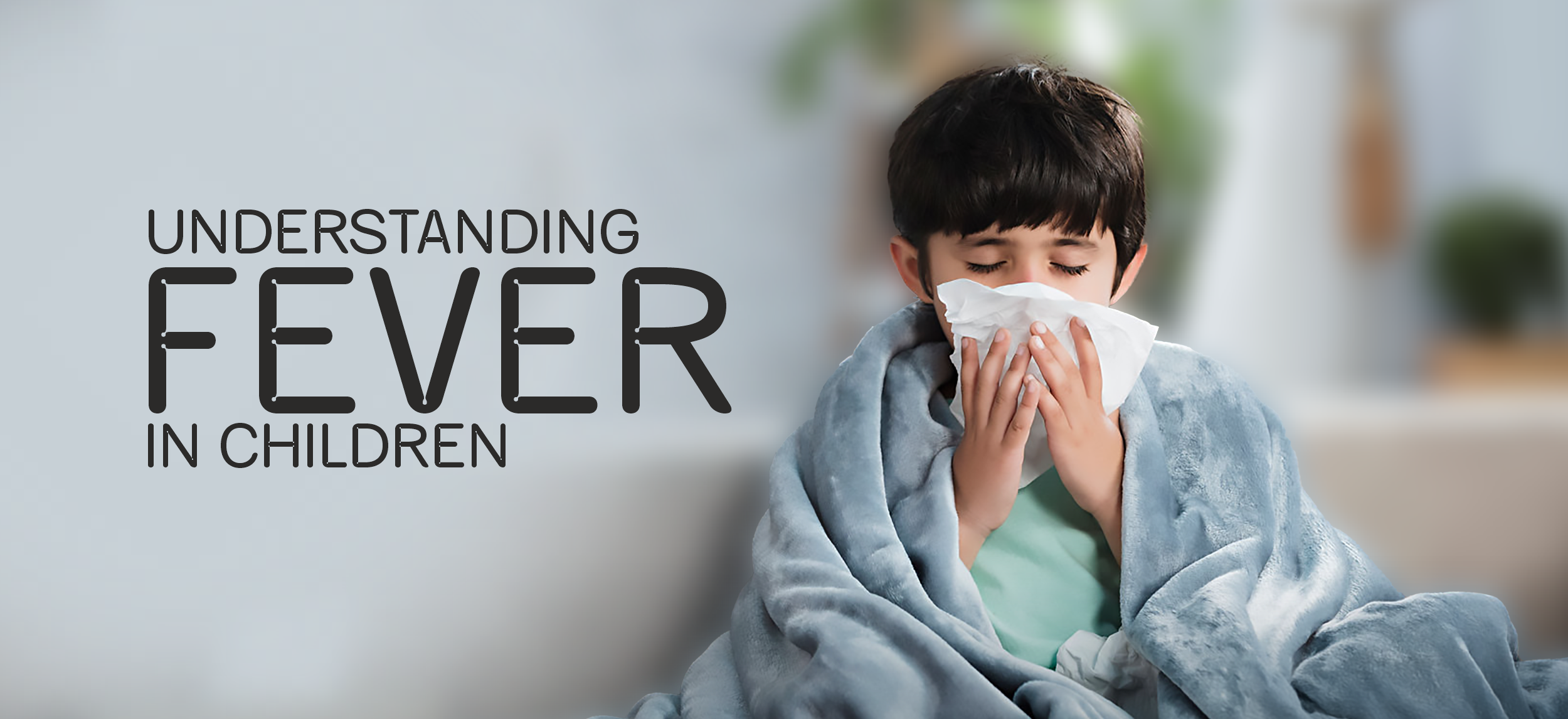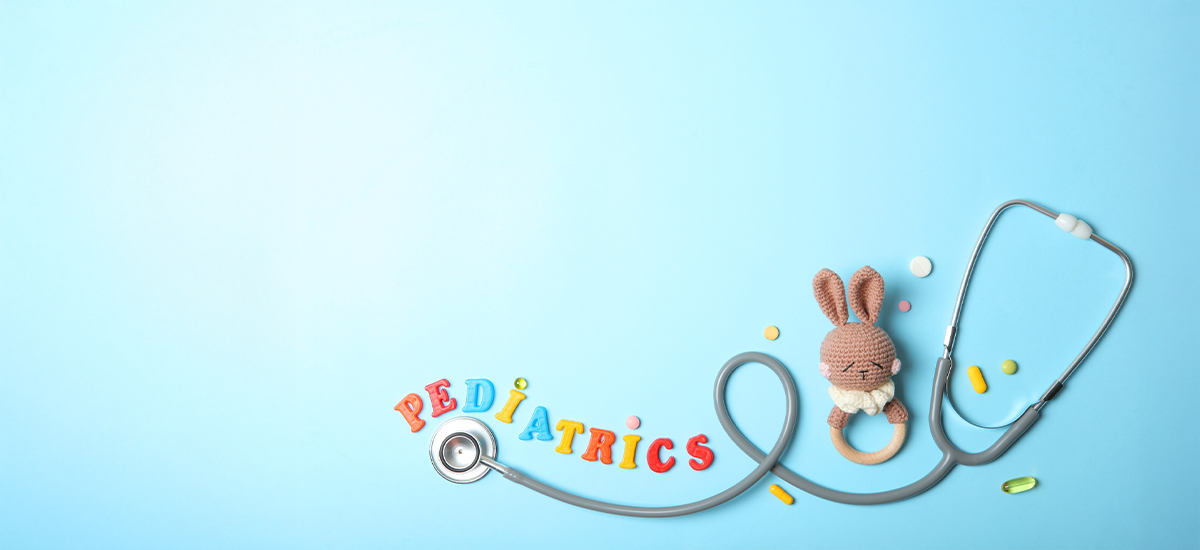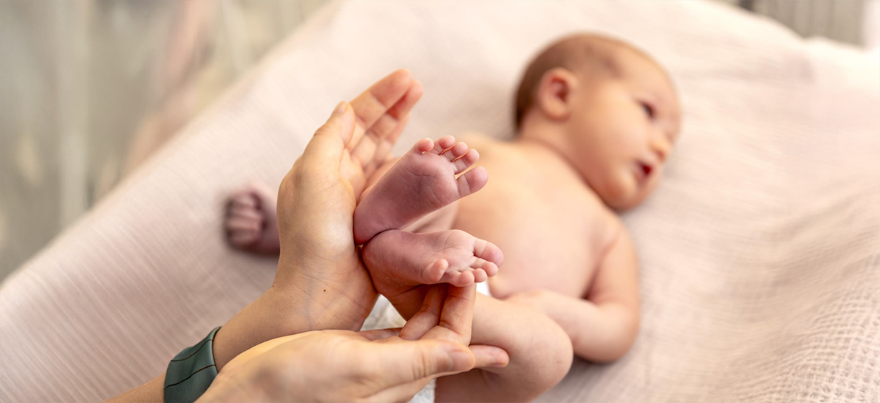Categories
Childhood Cancer Treatment: Options, Care & What to Expect
Jul 21, 2025
When a child is diagnosed with cancer, it brings a wave of fear, confusion, and helplessness for the entire family. But today, thanks to significant advancements in medical science and supportive care, many childhood cancers are treatable and survivable. Early diagnosis, personalized treatment plans, and access to experienced pediatric specialists greatly affect the outcome. This is where Rainbow Children’s Hospital steps in, offering hope and healing through compassionate, expert-led care.
Radiation Therapy: Focused high-energy rays are used to target and shrink tumours. It is often used when tumours cannot be entirely removed through surgery.
Surgery: If the tumour is localized, surgical removal is often performed. Rainbow Children’s Hospital ensures minimally invasive surgical techniques whenever possible, reducing recovery time.
Bone Marrow Transplant: Used for specific types of leukemia or when chemotherapy damages the bone marrow. The child may receive healthy stem cells from a matched donor.
Targeted Therapy and Immunotherapy: These newer treatments use drugs to target specific cancer cells or boost the child’s immune system to fight the disease. These therapies are less damaging to healthy cells and often have fewer side effects.
Supportive and Palliative Care Treating cancer is not just about removing the disease. Children need emotional, psychological, and nutritional support throughout their journey.
Our counsellors work closely with families to help children cope with anxiety, isolation, and stress, nutritionists' guide on food choices that strengthen the immune system and maintain energy. Pain management and comfort care are also prioritized, especially for children with advanced disease.
Post-treatment follow-up is equally important. Regular scans and blood tests are scheduled to ensure cancer does not return. Some children may face long-term side effects such as learning difficulties, growth delays, or heart issues. Our team stays with you through regular monitoring and early intervention to handle concerns.
Our multidisciplinary team includes some of the best pediatricians who are specially trained to care for children with complex conditions. The hospital has child-friendly facilities, state-of-the-art oncology units, and round-the-clock intensive care. We don’t just treat children, we walk with families at every stage of the fight, offering strength, clarity, and support.
Facing childhood cancer is undeniably challenging, but you are not alone. With timely intervention, expert treatment, and an environment that nurtures medical and emotional healing, recovery is possible. Rainbow Children’s Hospital is a trusted partner in this journey, ensuring every child receives world-class care close to home.
If you seek guidance or a second opinion, contact the best pediatricians at Rainbow Children’s Hospital and take the first step towards hope and healing.
For More Information and Appointments, Please Call:
Disclaimer:
The information provided in this blog is for general informational purposes only and should not be considered a substitute for professional medical advice, diagnosis, or treatment. Always seek the guidance of a qualified healthcare provider with any questions you may have regarding a medical condition, symptoms, or treatment options. Never disregard professional medical advice or delay seeking it because of something you have read here.
Understanding Childhood Cancer
Childhood cancer refers to cancers that affect children between infancy and 14 years of age. Unlike adult cancers, which often result from lifestyle or environmental factors, most childhood cancers develop due to changes in the child’s DNA during growth. These changes happen by chance and are not preventable. The most common types of childhood cancers include:- Leukemia (cancer of the blood and bone marrow)
- Brain and spinal cord tumours
- Neuroblastoma (affects nerve cells, usually in the abdomen)
- Wilms' tumour (a kidney cancer)
- Lymphoma (Hodgkin and Non-Hodgkin)
- Rhabdomyosarcoma (cancer of soft tissue)
- Retinoblastoma (eye cancer)
Symptoms That Shouldn’t Be Ignored
Children may not always express their feelings, making early detection challenging. But certain signs, if persistent, need immediate medical attention:- Unexplained fever or fatigue
- Frequent infections
- Unusual lumps or swelling
- Sudden weight loss
- Persistent pain in bones or joints
- Headaches with vomiting, especially in the morning
- White colour in the pupil of the eye
- Changes in vision or balance
What to Expect During Childhood Cancer Treatment?
At Rainbow Children’s Hospital, every child’s treatment plan is designed by a team of experts, including pediatric oncologists, hematologists, radiologists, pediatric surgeons, nurses, and child psychologists. Here’s what the treatment journey generally looks like:Diagnosis and Staging
Advanced diagnostic tools such as MRI, CT scans, bone marrow tests, and biopsy help confirm the type and stage of cancer. Accurate staging is essential to plan the right course of treatment.Treatment Options
Chemotherapy: This is the most common treatment for many childhood cancers. It uses specific medicines to destroy fast-growing cancer cells. Children may receive these drugs through IV, pills, or injections over weeks or months.Radiation Therapy: Focused high-energy rays are used to target and shrink tumours. It is often used when tumours cannot be entirely removed through surgery.
Surgery: If the tumour is localized, surgical removal is often performed. Rainbow Children’s Hospital ensures minimally invasive surgical techniques whenever possible, reducing recovery time.
Bone Marrow Transplant: Used for specific types of leukemia or when chemotherapy damages the bone marrow. The child may receive healthy stem cells from a matched donor.
Targeted Therapy and Immunotherapy: These newer treatments use drugs to target specific cancer cells or boost the child’s immune system to fight the disease. These therapies are less damaging to healthy cells and often have fewer side effects.
Supportive and Palliative Care Treating cancer is not just about removing the disease. Children need emotional, psychological, and nutritional support throughout their journey.
Our counsellors work closely with families to help children cope with anxiety, isolation, and stress, nutritionists' guide on food choices that strengthen the immune system and maintain energy. Pain management and comfort care are also prioritized, especially for children with advanced disease.
Life During and After Treatment
The treatment journey can be long, but every step is taken with care and compassion. Children may miss school, experience hair loss, changes in appetite, or fatigue, but Rainbow Children’s Hospital has support systems to help them retain a sense of normalcy. Play therapy, classroom teaching sessions, and recreational programs help children continue growing despite being in a clinical setting.Post-treatment follow-up is equally important. Regular scans and blood tests are scheduled to ensure cancer does not return. Some children may face long-term side effects such as learning difficulties, growth delays, or heart issues. Our team stays with you through regular monitoring and early intervention to handle concerns.
Why Choose Rainbow Children’s Hospital?
At Rainbow Children’s Hospital, we understand that treating childhood cancer is about more than just medical procedures. It is about treating the whole child with warmth, dignity, and the best possible expertise.Our multidisciplinary team includes some of the best pediatricians who are specially trained to care for children with complex conditions. The hospital has child-friendly facilities, state-of-the-art oncology units, and round-the-clock intensive care. We don’t just treat children, we walk with families at every stage of the fight, offering strength, clarity, and support.
Facing childhood cancer is undeniably challenging, but you are not alone. With timely intervention, expert treatment, and an environment that nurtures medical and emotional healing, recovery is possible. Rainbow Children’s Hospital is a trusted partner in this journey, ensuring every child receives world-class care close to home.
If you seek guidance or a second opinion, contact the best pediatricians at Rainbow Children’s Hospital and take the first step towards hope and healing.
For More Information and Appointments, Please Call:
FAQs
1. What is the first step after my child is diagnosed with cancer?
The first step is to meet with a pediatric oncologist who can confirm the diagnosis and explain the type and stage of cancer. They will guide you on the best treatment options, answer your questions, and begin building a treatment plan tailored to your child’s condition.2. Can childhood cancer be completely cured?
Yes, many types of childhood cancer are highly treatable, especially if detected early. Cancers like leukemia, Wilms’ tumour, and lymphoma often respond well to treatment. The chances of recovery depend on the type of cancer, its stage, and how early treatment begins.
3. How long does treatment for childhood cancer usually last?
Treatment duration varies. Some children may need a few months, while others may require treatment for 1 to 2 years, especially for leukemia. Your doctor will explain the expected timeline based on the specific diagnosis and how your child responds to therapy.4. Will my child be able to live a normal life after treatment?
Many children go on to live full and healthy lives after cancer treatment. However, regular follow-up care is important to watch for any late effects or complications. Rainbow Children’s Hospital provides long-term support to help children thrive physically, emotionally, and socially after recovery.Disclaimer:
The information provided in this blog is for general informational purposes only and should not be considered a substitute for professional medical advice, diagnosis, or treatment. Always seek the guidance of a qualified healthcare provider with any questions you may have regarding a medical condition, symptoms, or treatment options. Never disregard professional medical advice or delay seeking it because of something you have read here.

